In this article, we’re going to talk about the fundamental building blocks of a marketing funnel. What are the stages? What do they look like? How do you use them?
In the early days, the consumer used to get information about products or services in a traditional way, that is, they used to listen to radio or read a newspaper or magazine.
The traditional marketing funnel was created in 1898. It is a linear model which represents the stages through which a buyer passes during his decision-making process before buying a product or service.
The funnel is shaped like an inverted pyramid and is a good way to visualize how salespeople help to guide prospects through each stage of the buying process, from awareness to purchase and beyond.
Today the consumer has complete access to information about each and every product and service at the click of their mouse button. All kinds of information are available on websites, social media, forums, and so on.
The consumer can do online surfing for any info available on these platforms and make an informed decision before buying a product or service. This trend is also known as ‘inbound marketing’ wherein the prospect comes to you without any promotional efforts from your side.
The sheer volume of data collected from different online sources has made it easier for marketers to promote their products and services in line with the requirements of their prospects.
Marketing Funnel Framework ToC
Defining the Marketing Funnel
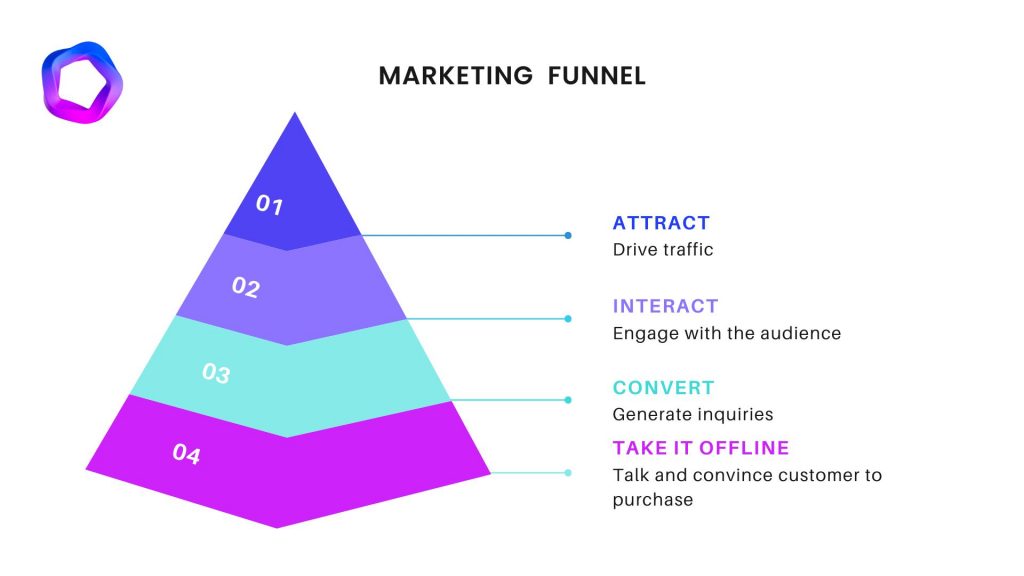
The marketing funnel is a model that describes the steps a customer takes to purchase a product. It starts with the customer becoming aware of your brand, product or service and ends with the customer purchasing it from you.
This is why it’s called a “funnel”—the number of people who start at the top (become aware) is usually very high, but as they progress through each step, more and more of them will drop off until only a few are left at the bottom (purchasing).
There are two-step and four-step funnels. The four-step funnel has Awareness, Interest, Decision and Purchase as its steps. The two-step funnel has Awareness and Purchase as its steps.
Recommended read
Example of Netflix marketing funnel
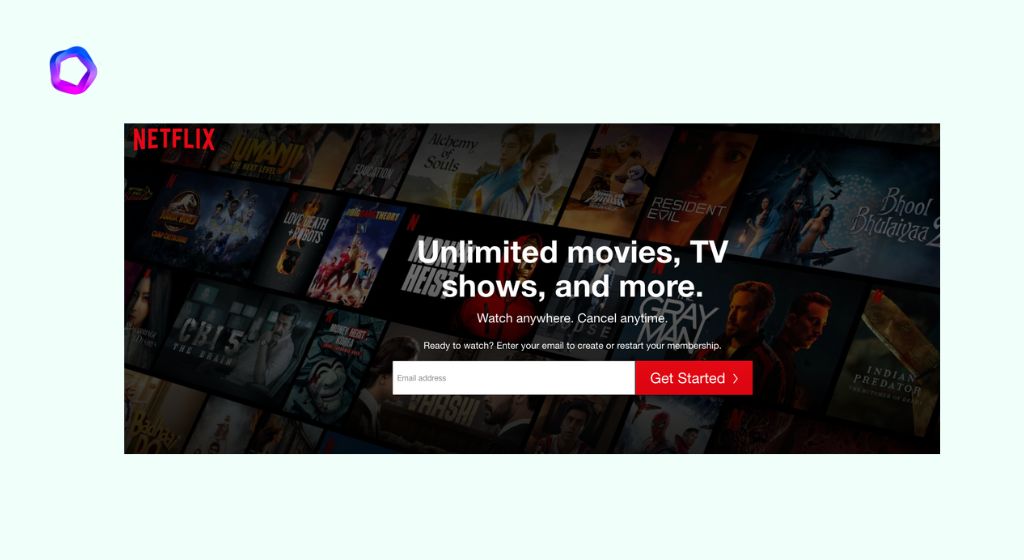
It’s no secret that Netflix has become one of the most popular streaming services available. Their success has been largely attributed to their ability to understand their customers and provide them with a personalized experience based on their interests, which has helped them create a loyal customer base.
But you might be surprised to learn that Netflix isn’t just popular with consumers—the company also employs several marketing strategies that help it stand out among its competitors.
Netflix understands how to create value for their customers as well as how to make them want more from their brand by offering new content at regular intervals throughout the year.
Explanation of Netflix marketing funnel
Netflix’s marketing funnel is an example of a customer acquisition process. The marketing funnel consists of five stages: awareness, interest, consideration, conversion and advocacy. Each stage has its own target audience and goals.
Netflix uses drip email marketing to reach prospects at each stage in their journey through the marketing funnel. For example, they might send emails to subscribers that are interested in new TV shows with offers like “10% off when you sign up for your Netflix account today!”
The diagram below shows how Netflix uses drip email to move customers through their marketing funnel
How does Netflix increase its revenue?
Netflix has a unique marketing strategy that uses data analytics to personalize their marketing. Their goal is to find out what their customers want, need and like. The more information Netflix gets about their customers the better they can target them with the right content. This helps Netflix increase revenue.
Netflix uses data analytics to find out what their customers want:
- What kind of shows do people watch?
- How long are people watching these shows?
- Are there any trends in how often certain people watch different shows?
Netflix marketing strategy
Netflix has developed a very effective marketing strategy. The company has taken a page from the direct mail industry, which for decades has delivered physical letters to consumers’ homes in order to sell products and services. By adding internet-based technology to their core business model, Netflix was able to take personalization and social media integration up a few notches.
The Netflix marketing funnel consists of several steps that prospective customers must go through before they become subscribers:
Awareness
Users are exposed to Netflix content through advertising campaigns, word-of-mouth referrals and other forms of publicity (such as blog posts).
Interest
If users view any content related to Netflix during this stage, they may express interest by clicking on one of your ads or visiting your website directly.
Evaluation
If users think favorably enough about the brand after evaluating it via search engines or social media platforms like Instagram or Twitter®, they’ll be more likely to sign up for subscriptions than those who don’t evaluate it positively enough during this stage
Netflix uses customer data to target its marketing campaigns. Netflix uses data analytics to make decisions about its marketing campaigns.
When you sign up for Netflix, they collect information about your interests and preferences, so they can personalize the content that they show you.
Netflix also uses customer data when targeting new customers as well as existing users on social media platforms such as Facebook or Instagram.
Stages in the marketing funnel
The top of the funnel – ToFu
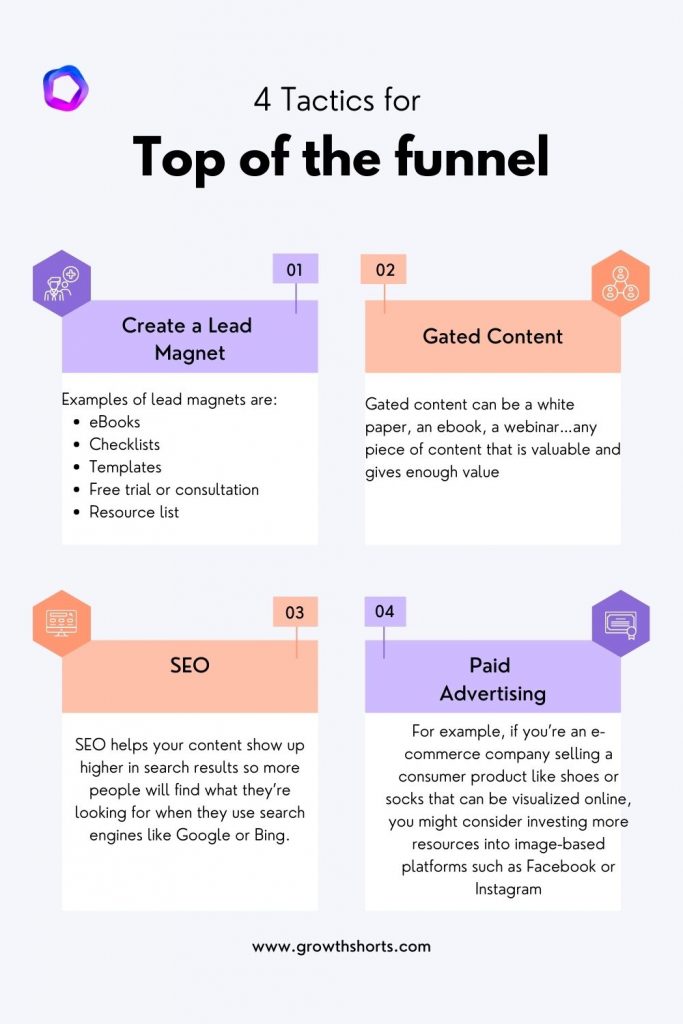
The top of the funnel (ToFu) is the broadest and beginning of the funnel, where everyone starts. This is where you find your audience and attract them to your business with content marketing, advertisements, social media marketing, and search engine optimization. In this phase, you’re engaging with potential customers by educating them on your product or service.
For example, if you’re a fitness blogger who sells fitness programs but also offers an eBook called “10 Ways to Lose Weight Without Going to the Gym,” you’d market this eBook on Instagram using ads because it’s an entry-level offer that’s relevant to many people who aren’t yet ready to buy your fitness program.
The middle of the funnel – MoFu
This is the part of the funnel where you use landing pages, lead magnets, case studies and other resource offers to convert your leads into paying customers.
- Lead magnets can be valuable resources that your audience will want to get their hands on—like ebooks or ecourses—or they can be smaller offerings like email courses, checklists or templates. You offer them in exchange for an email address.
- Landing pages are designed to grab attention and convince people to opt-in by entering their email address. It’s important to keep landing pages simple, with a clear call-to-action (CTA). They differ from regular web pages in that they don’t have any navigation links or distractions. They have one singular purpose: getting people to convert into leads by entering their emails addresses. If you’re creating a lead magnet, it should be the only thing on the page along with a short description of what it is and why someone should want it (and how much it costs them to get it).
- Case studies are written accounts of how you used your product or service to help solve a problem for another customer (or yourself). Basically, these are success stories for potential new customers who need proof that what you’re offering works before they buy in.
The Bottom of The Funnel
At the bottom of the funnel are your existing customers who are interested in expanding their relationship with you and purchasing again.
It’s important to note: at the bottom of the funnel are your existing customers who are interested in expanding their relationship with you and purchasing again. They are much more valuable than top funnel customers because their average customer lifetime value (CLV) is greater due to repeat purchases or subscriptions.
On top of this, they’re more likely to refer friends and family. Bottom-of-funnel customers also require less nurturing and marketing expense since they’ve already been converted.
The marketing funnel guides what kinds of content you should create for each part of your sales process.
The marketing funnel helps you find the content that the target audience wants most, at a point in their life where they’re most likely to buy it. If you control this information and create it specifically for them when they’re hungry for what you have to offer, you’ll optimize your chances of making sales.
Strategies for Each Stage of the Marketing Funnel
Create a search-friendly website
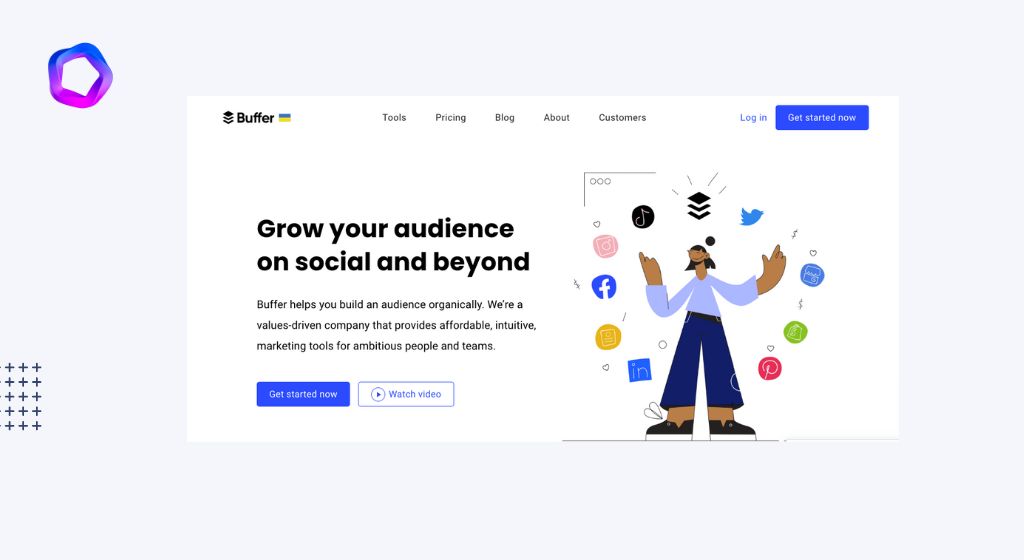
Now that you’ve got a good idea of what types of content you’ll be focusing on, it’s time to make sure your website is search engine optimized.
Fill your website with relevant, rich content
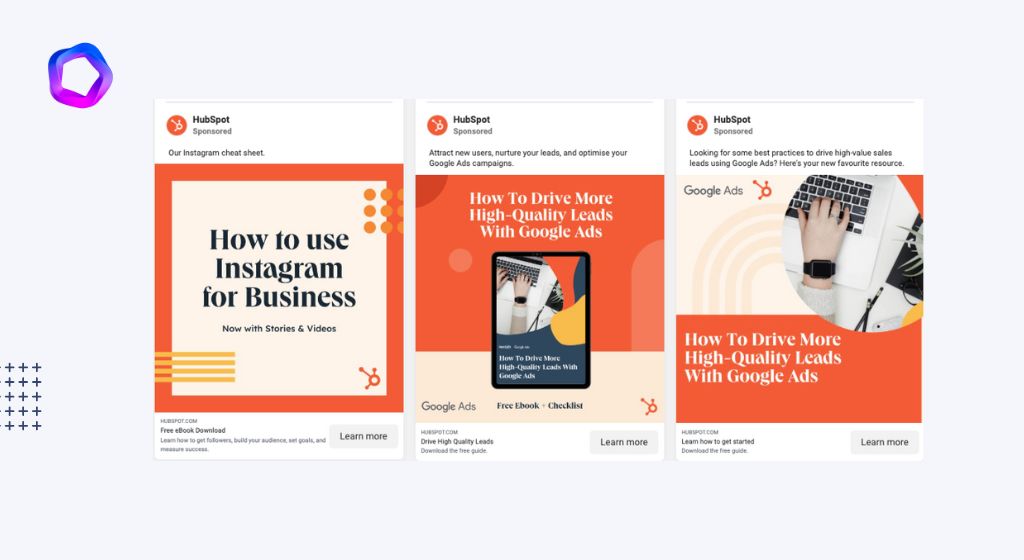
Whether it’s a blog, a landing page, or a product page, your website should be filled with rich, unique content that will directly benefit your customers.
Connect with your audience on social media
Within the funnel itself are different stages you can use social media to assist with:
Publish a blog and use SEO to enhance it
Increase engagement via social media
Use retargeting to reach out to prior visitors
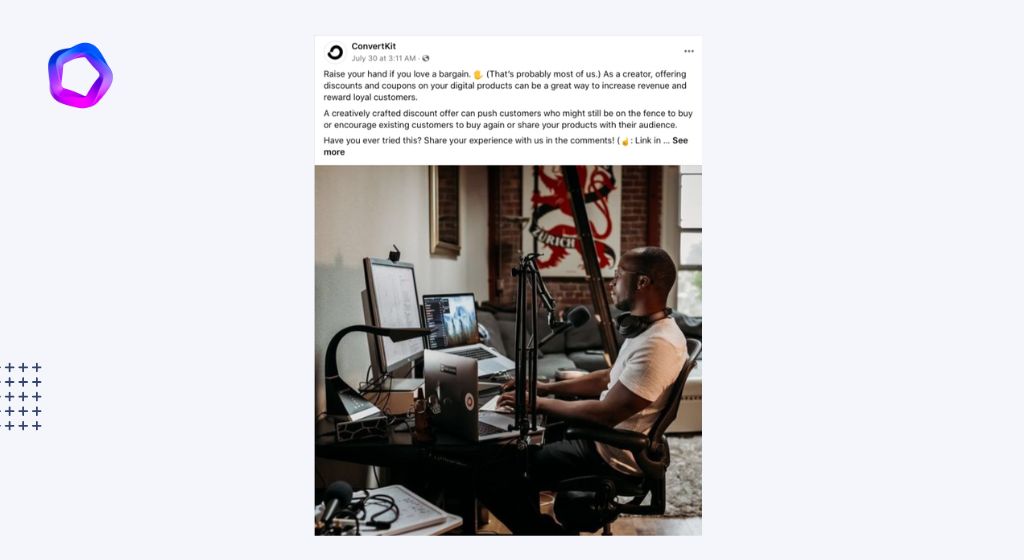
You can do this by retargeting past visitors with new content. This is effective because it shows the content that’s relevant to the stage they’re in, increasing the chances that they’ll click through and act. While at the top of the funnel you want to show your audience more general content with a wide reach, as you go down the funnel you want to show them more specific, targeted content.
For example, if you know that someone has previously gone through your blog post about “the 10 best ways to lose weight” and are now looking for something more specific like “how to lose 20 pounds fast,” then retargeting them with an article on “how I lost 25 pounds in 3 months” would be much more likely to get their attention than showing them how to lose another 10 pounds.
Build an email list and send out monthly newsletters
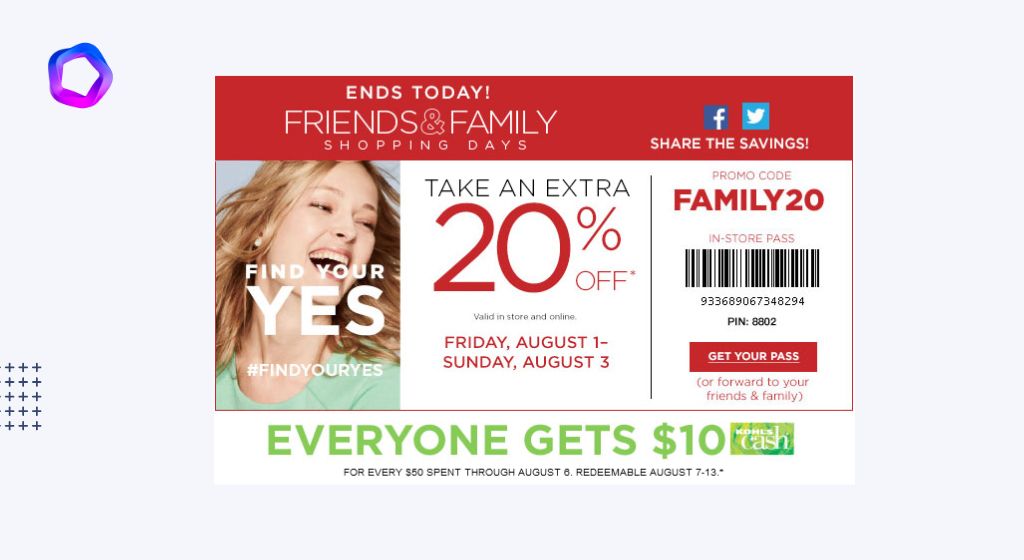
Run paid ads for highly targeted audiences
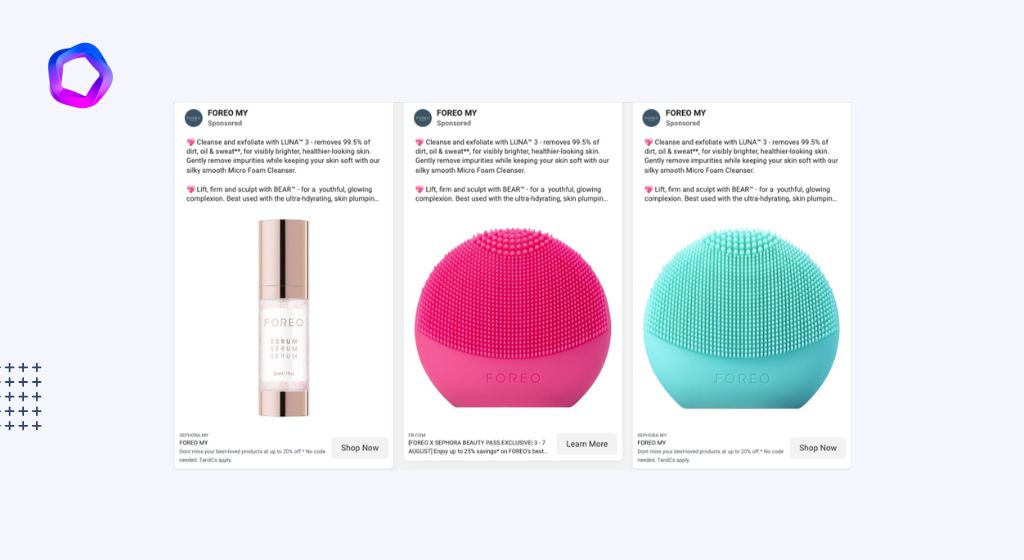
You’ll need to do some research and make sure you’re targeting the middle of your audience’s funnel. This can be a tricky task, as many marketers aren’t even sure where their audience is in the funnel at a given time.
If you can’t tell, use Google Analytics to drill down into specifics; you may find that the audience is ready for paid ads, or you may determine that they need only another month or so before they’ll take the next step.
Some marketers worry about how their goals will compare to those of others in their industry, but it’s important not to fret too much over this concern. Keep your goal as ambitious as possible while remaining realistic—the best goals are both measurable and actionable.
You might strive for a 20-percent increase in sales within six months, or aim to achieve X number of conversions through your Facebook ad campaign within three months.
Use remarketing ads to reach further into the funnel
At this point, your prospects are likely to compare several different options. Remarketing ads are a great way to keep your company top of mind during this process. These ads also allow you to be smart and target those who have visited your site or performed certain actions while on it.
Use them to show off the benefits of using your product or service over another company. This is where having a solid value proposition comes in handy, so go back and check that out if you haven’t already!
Send out regular calls-to-action for converting leads into customers
You may be wondering, “What is a call-to-action (CTA)?” A CTA is a final prompt that convinces leads to make the leap from engaged consumer to paying customer.
The importance of CTAs cannot be understated. This is not just because they are key to driving conversions, but also because they are very easy for marketers to implement in ways that can maximize results. As such, it’s crucial that you know how and when to create them for maximum impact.
Where do you find calls to action?
The most commonplace for CTAs is at the end of a sales pitch – where buyers must decide whether or not they want the product being sold by your company. However, it’s important that you don’t just throw them out there haphazardly: it needs some thought put into their placement as well as their content (more on this later).
What are the Benefits of Marketing Funnels?
Look, converting random website visitors into actual paying customers isn’t exactly easy. Even if your products are awesome and high-quality, there will still be plenty of people who are skeptical about buying online. That’s where a marketing funnel comes in.
A marketing funnel is a method for getting those people to trust you enough to make a purchase. Essentially, it asks the question: what do potential customers have to go through before they’re willing to put down their hard-earned money? The answer is typically something like this: they have to understand what makes you different from other companies or why your product or service is better than others on the market.
They need to know that it’s legitimate — which they can do by checking out your website and credentials — and then they’ll hopefully want to learn more about it. Finally, once they’ve been convinced that you’re telling the truth and have gained their trust, they’ll likely be ready to make a purchase!
The process usually looks something like this: Awareness → Interest → Consideration → Purchase
Powerful way to get potential customers
Put simply, a marketing funnel is all about turning your website visitors into customers. It does this by guiding them through the process of turning them from strangers to potential clients.
Simply put, you are using a marketing funnel in order to get prospects through the buyer journey towards becoming an actual client or customer. The aim is to build credibility and trust with your prospects with each step they take in the process.
Most importantly: your funnel acts as a “sales process” — so it’s critical that you know exactly how many stages you want in your sales cycle and what activities should be included in each stage.
Nurturing potential customers
A marketing funnel moves a potential customer through the stages of a sale. As they fall deeper into the funnel, they become more interested and invested in your product.
When a potential customer first finds your product or service, you’re going to be too expensive for them, or too complicated for them. If you try to start selling at this point, you won’t make a sale. However, if you keep presenting interesting content to that potential customer over time, he or she will start to trust your company and may end up buying from you later on.
Educate Your prospect
The goal of a marketing funnel is to educate and move your prospective clients through every stage, at their own pace.
One of the main goals of a marketing funnel is to educate people and move them through every stage, at their own pace. If someone isn’t ready for an offer, you can connect with them again in a few months.
The benefits of a comprehensive marketing funnel include:
- A better understanding of your audience and customer needs
- Increased lead generation
- Improved sales and customer satisfaction
Type of marketing funnel
The classic marketing funnel
The full-funnel strategy
The full-funnel strategy is about nurturing prospects, listening to their needs, helping them solve their pain points, and creating content that guides interested parties through the funnel. There are five stages to a full-funnel marketing strategy:
The inverted funnel
The inverted sales funnel is a model that focuses on the customer’s experience, rather than the business. This model has four stages:
The flywheel strategy
The flywheel strategy, which focuses on customer retention and involves customers in product development. It builds loyalty through the company’s actions, rather than a brand statement.
For example, Patagonia’s mission is to “build the best product, do no unnecessary harm, use business to inspire and implement solutions to the environmental crisis.” And this mission goes beyond their products: The company has donated over $100 million in cash and in-kind donations to date.
It’s also common for companies using this model to invest heavily in content marketing, using educational resources (like HubSpot Academy) as an effective way of driving engagement with their target audience — instead of just asking them to buy something right away.
How B2B and B2C Marketing Funnels are different?
Difference Between Marketing funnels and sales funnels
Difference 1
A sales funnel is a visual representation of the steps required to sell your product or service. Each step moves a prospect to the next until they become a customer.
If you’re an online business, chances are you already use sales funnels in some capacity. They’re an integral part of determining what works (and what doesn’t) with how you present your product or service to potential customers. A marketing funnel, on the other hand, is a visual representation of the customer journey—how customers move from awareness of your brand to becoming buyers and promoters. Like the sales funnel, it involves several stages and uses linear movement from one stage to another, but it’s more about storytelling than conversion metrics.
Difference 2
Marketing funnels focus on growing brand awareness and trust. Sales funnels focus on growing conversions.
One of the biggest differences between marketing funnels and sales funnels is the intent: Marketing funnels are designed to help educate your potential customers by building trust and familiarity, while sales funnels are focused on growing conversions.
For example, if you’re introducing a new product or service to the market, you may need to rely a bit more on marketing tactics in your funnel (such as offering promotions or discounts) because there may be fewer people who know about your company and what it does. On the other hand, if you have an established business with a loyal customer base, you can likely focus more on sales tactics because people won’t need much convincing by that point.
Difference 3
Marketing funnels are typically geared toward generating inbound leads for your sales team to convert. Sales funnels generate leads for your marketing team to nurture into paying customers later.
When it comes to marketing and sales, the term “funnel” is often used to describe the process through which a business converts prospects into customers.
The first point of differentiation between sales funnels and marketing funnels is this: Marketing funnels typically focus on generating leads for your business, while sales funnels are geared toward qualifying those leads into paying customers. On top of this, the time frame in which each type of funnel occurs differs as well. As mentioned, marketing funnels are largely long-term processes (i.e., they involve more steps) while sales funnels are shorter-term processes that strive to convert leads into paying customers more quickly.
Difference 4
There is a distinction between these two types of funnels but they are both essential in the marketing world.
It’s important to note that there are differences between a marketing funnel and a sales funnel. But these two types of funnels work together to make the most impact, so it’s best to use them both in your lead-generation strategy. A traditional marketing funnel is focused on building awareness and trust with potential customers.
This is where you start by having a blog or social media handle that focuses on providing value, via content, posts and videos. You want your audience to see you as an expert in your field and an authority in what you do.
Once you have built up this trust with them, they will be more amenable to hearing from you about additional offerings that can help them further. This does not have to be a direct selling push either; it could be something like sending them an email about an upcoming webinar that may interest them. This is where the sales funnel comes into play: offering something of value for free (given their contact info) or for sale (if they purchase the product).
What is an inbound marketing funnel?
You may be familiar with the term “sales funnel”. If so, you might be wondering what inbound marketing funnels are and how they differ from sales funnels. While the two concepts are similar, there’s a key difference: an inbound marketing funnel works to attract new customers by meeting their interests and needs first, before any conversation about buying occurs.
An inbound marketing funnel can also be used independently of a business’ sales team; the ultimate goal is to produce qualified leads that the company can nurture over time into paying customers.
The goal of an inbound marketing funnel is to convert strangers into leads who are aware of your brand and what it offers, then convert those leads into promoters who will purchase your products/services and recommend them to others.
The process includes four stages: attraction (attracting visitors), conversion (converting visitors into leads), close (closing leads as customers), delight (delighting customers so they become advocates).
Who needs an inbound marketing funnel?
Think about this: every women’s magazine has a section where readers are given advice on their problems. Whether it’s a troubled relationship, an issue with your teenager, or difficulty in the workplace, these advice columns give you a place to vent, find help and maybe even get some answers.
Now imagine that you have a business in the same industry as that magazine. Wouldn’t it be great if you had your own advice column for your customers? With an inbound marketing funnel, you’ll have one. And unlike those expensive magazines who charge readers for their content, your blog will be accessible to anyone who visits your website – even if they’re not a paying customer!
Marketing funnel metric to track
The purpose of marketing funnel metrics is to help you determine which channels are working best, and which channels you should focus on.
Understanding your funnel metrics will also help you improve your marketing efforts and increase conversions.
Customer Lifetime Value
Customer lifetime value (CLV) is the sum of all the revenue you make from a single customer over their lifetime. It’s a simple concept, but there’s more to it than just adding up your sales and multiplying by the number of years they’ve been with you.
Customer Lifetime Value: The value of one customer over their entire relationship with your brand (or company).
CLV can also be calculated by dividing total projected lifetime profit by total customers acquired during that period. So if you plan on making $20 million off your current user base over their lifetimes, and have 5 million users now, CLV equals $4 per subscriber ($20 / 5m = $4).
Lead-to-customer conversion rate
This metric is the percentage of leads that convert to customers. This can be a tricky number to pin down, but it’s important for understanding how you are doing as a business.
What is the lead-to-customer conversion rate? A high conversion rate means that you are doing a good job of converting leads into customers and getting them through each step of your sales funnel. A low conversion rate means that there may be something wrong with your process or product offerings and you should look for ways to improve in this area.
How can I calculate my lead-to-customer conversion rate? You can calculate this metric by dividing the total number of new customers by all leads (including those who didn’t convert). For example: If 100 people tried out your product but only 25 completed their subscription, then 25/100 = 25% lead-to-customer conversion rate
Cost per acquisition
Cost per acquisition (CPA) is the average cost of acquiring a new customer. This metric is important because it helps you determine how much money you’re paying for each person who becomes a customer. It can also be used to compare the effectiveness of different marketing channels and campaigns by revealing which channels are producing high-value customers at low costs, and vice versa.
The expression “cost per acquisition” usually refers to this calculation: CPA = Total Marketing Expenses / Total Number Of New Customers Acquired Using A Specific Marketing Channel .
It may be expressed as a percentage or in dollars and cents; however, since there’s no fixed standard for calculating CPA, your company might use one method or another depending on its needs.
Funnel conversion rate
The funnel conversion rate is the percentage of people who enter your sales funnel and convert to customers. The higher your funnel conversion rate, the better at converting leads into customers you are—and the more revenue you’ll make.
A good benchmark is between 5% and 25%, depending on your industry and how much competition there is for their business. If you’re an SaaS company with a website where users can sign up to try out a free trial version of your product, then having a 20%+ funnel conversion rate means that 80-90% of people who visit are choosing to become paying customers (depending on if they stick around past their free trial period).
